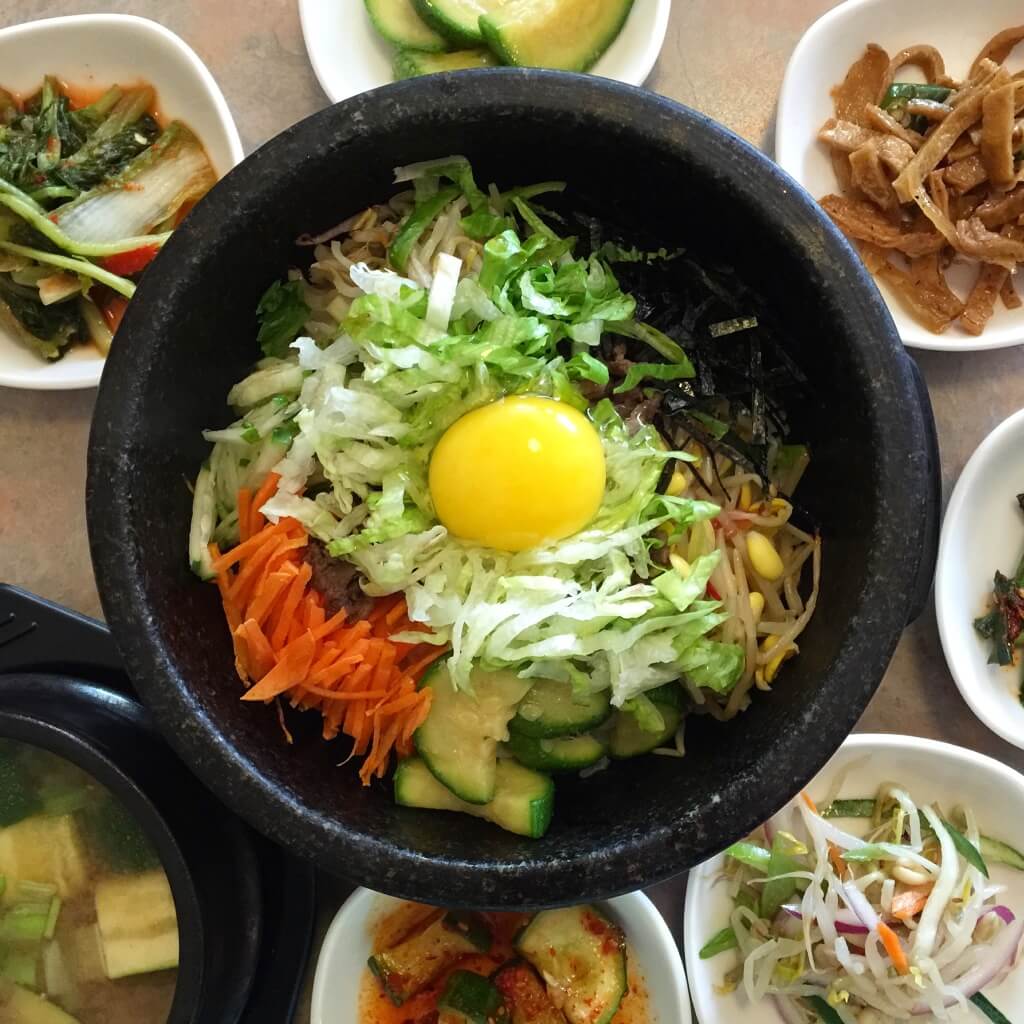 Bibimbap is a traditional Korean dish that has become especially popular in the US during recent years. Bibimbap, which means mixed rice, is served with warm white rice, assorted vegetables, protein of choice, and a fried egg. Gochujang (chili red paste) or soy sauce is mixed in for added flavor.
Bibimbap is a traditional Korean dish that has become especially popular in the US during recent years. Bibimbap, which means mixed rice, is served with warm white rice, assorted vegetables, protein of choice, and a fried egg. Gochujang (chili red paste) or soy sauce is mixed in for added flavor.
It is theorized that bibimbap started in the Joseon era (1392-1910), where it was only served to the king and royal families. The five different colors represented in classic bibimbap had a deeper meaning and symbolism in those years. The red in beef and gochujang signified good fortune. The white in rice meant success. Black foods like mushrooms represented wisdom, while the green of the veggies equated to growth. The yellow of the eggs implied stability. They believed mixing all the ingredients together and mixing it well would bring positive things in life.
Whenever I eat bibimbap, I think of my family. We would find the biggest bowl and throw in all our favorite banchans (side dishes that are served at every Korean meal). Even though each family member liked different ingredients, when mixed together, it created perfect harmony and balance.
I love bibimbap and eating different versions of it. Here are a few of my favorite spots:
5. Rice’N Bread
Rice’N Bread, formerly Hamburger King, is an American diner with a Korean twist. Located in Wrigleyville, Rice‘N Bread has been a neighborhood favorite since 1959. The menu includes a wide variety of Korean-inspired dishes such as the galbi (short rib) burger, bulgogi beef (sliced ribeye), twigim (deep-fried), and kimchi (pickled spicy cabbage) as well as classic diner favorites such as pancakes, omelets, and sandwiches. The décor is unassuming and simple but the prices are super affordable. Most items are priced under $10 and the portions are large.
The spicy squid bibimbap is one of my favorites at Rice‘N Bread. It’s served in a sizzling hot pot, which makes the rice crispy on the bottom. Snap, crackle, pop! The squid is marinated and grilled in a chili-pepper based sauce with onions. It is tender and has the perfect amount of spice. I’m not squiddin’ around, it’s seriously good.
FAB TIP: Closed early on Sundays at 5 p.m.
{Location}
Rice’N Bread
Wrigleyville || 3435 N Sheffield Ave, Chicago, IL || P: (773) 281-4452
{Price Range}
$ (Under $10)
4. So Gong Dong
So Gong Dong Tofu & BBQ in Glenview specializes in soondubu jjigae (Korean silken tofu stew) but offers a few bibimbap options. Choose from beef, pork, kimchi, chicken, seafood, tofu or vegetarian. You can get it in a hot stone plate or a regular bowl. The regular bowl tends to lack flavor at times so I usually opt for the hot stone plate. The veggies are fresh and the traditional flavors remind me of grandma’s house. The portions are plentiful and perfect for sharing. The restaurant is clean and the service is friendly, making it a popular suburban destination for Korean food.
FAB TIP: Don’t get mixed up with the So Gong Dong Tofu House on Bryn Mawr Ave. Although the names are similar, the two restaurants are unrelated.
{Location}
So Gong Dong Tofu & BBQ
Glenview || 1615 N Milwaukee Ave, Unit 115, Glenview, IL || P: (847) 257-7394
{Price Range}
$$ ($11-$35)
3. Parachute
The husband-and-wife duo, Beverly Kim (Top Chef contestant) and Johnny Clark, are taking Chicago by storm. Parachute, a modern Korean-American restaurant in Avondale, is being recognized with many accolades including a spot on Bon Appetit’s 2015 list of America’s best new restaurants. The space is limited and seats only 40.
Parachute’s version of the bibimbap is far from traditional, with ingredients like maitake mushrooms, chestnuts, truffle, and duck egg…but it works. The menu changes daily so check the website for more info.
FAB TIP: Free parking on Elston and side streets.
{Location}
Parachute
Avondale || 3500 N Elston Ave, Chicago, IL || P: (773) 654-1460
{Price Range}
$$ ($11-$35)
2. Crisp
Crisp is a counter-service Korean restaurant in Lakeview that is known for its KFC (Korean Fried Chicken), burritos, and rice bowls. The bibimbap aka The Buddha Bowl, has a good mix of modern and traditional flavors with the option to choose from a variety of marinated or sautéed vegetables. Get the Baby Buddha (4 Veggies), Original Bad Boy Buddha (8 Veggies), or Big Boy Buddha (12 Veggies).
FAB TIP: For a healthier option, substitute the white rice for organic brown rice for just $1.50.
{Location}
Crisp
Lakeview || 2940 N Broadway Ave, Chicago, IL || P: (773) 697-7610
{Price Range}
$$ ($11-$35)
1. En Hakkore
En Hakkore is a fast-casual restaurant with a communal dining setting and offers bibimbap, sashimi-bap, tacos, and Korean snacks. Although the menu is limited, it’s a great place to get a quick and healthy meal. Try the sashimi-bap, which is served with sliced sashimi and vinegar gochujang. The bap dishes are more like salads with generous amounts of beautifully colored veggies. It’s the most photogenic bibimbap in the city!
FAP TIP: Closed on Sundays.
{Location}
En Hakkore
Bucktown || 1840 N Damen Ave, Chicago, IL || P: (773) 772-9880
{Price Range}
$$ ($11-$35)
Bap ’til you drop. Where are your favorite bibimbap spots?
Live the Fab Food Life,
Soo
Note: These meals were not complimentary. The views and opinions expressed herein are those of the writer.
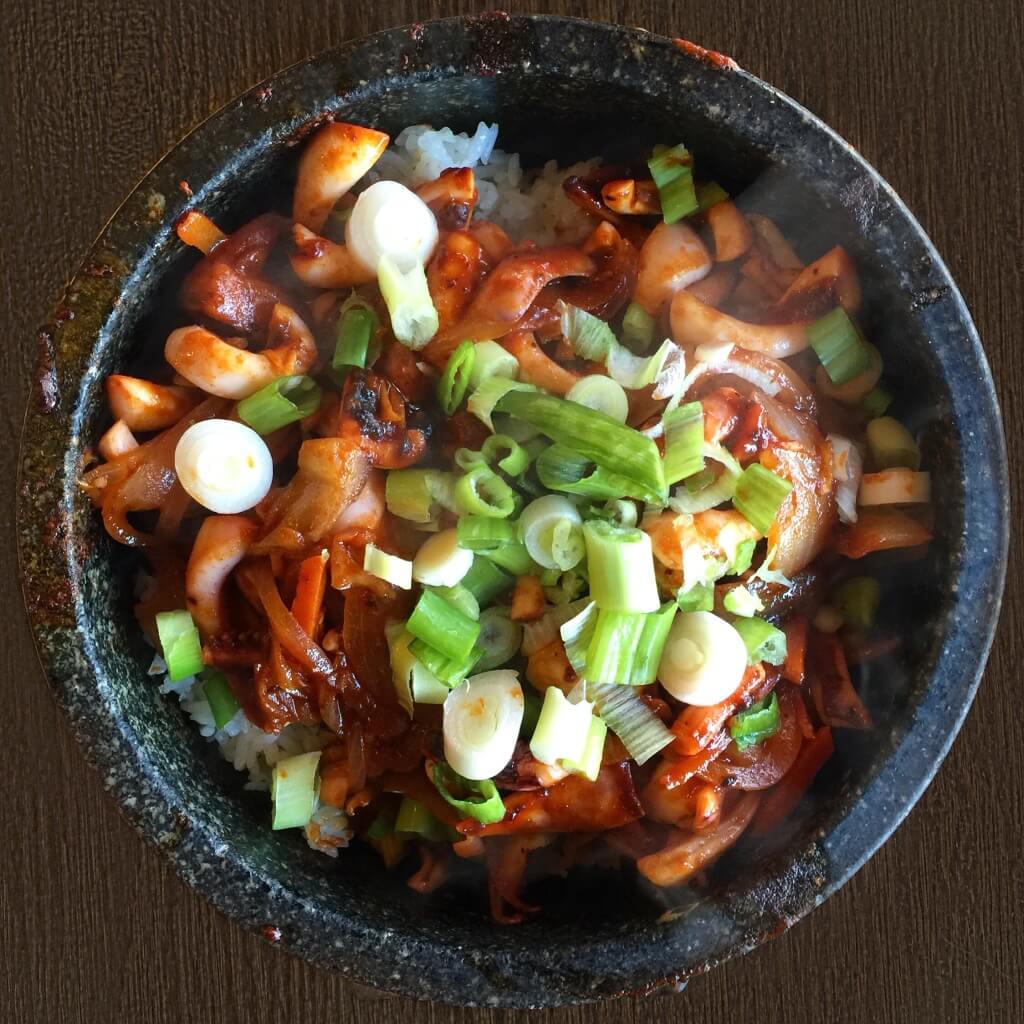

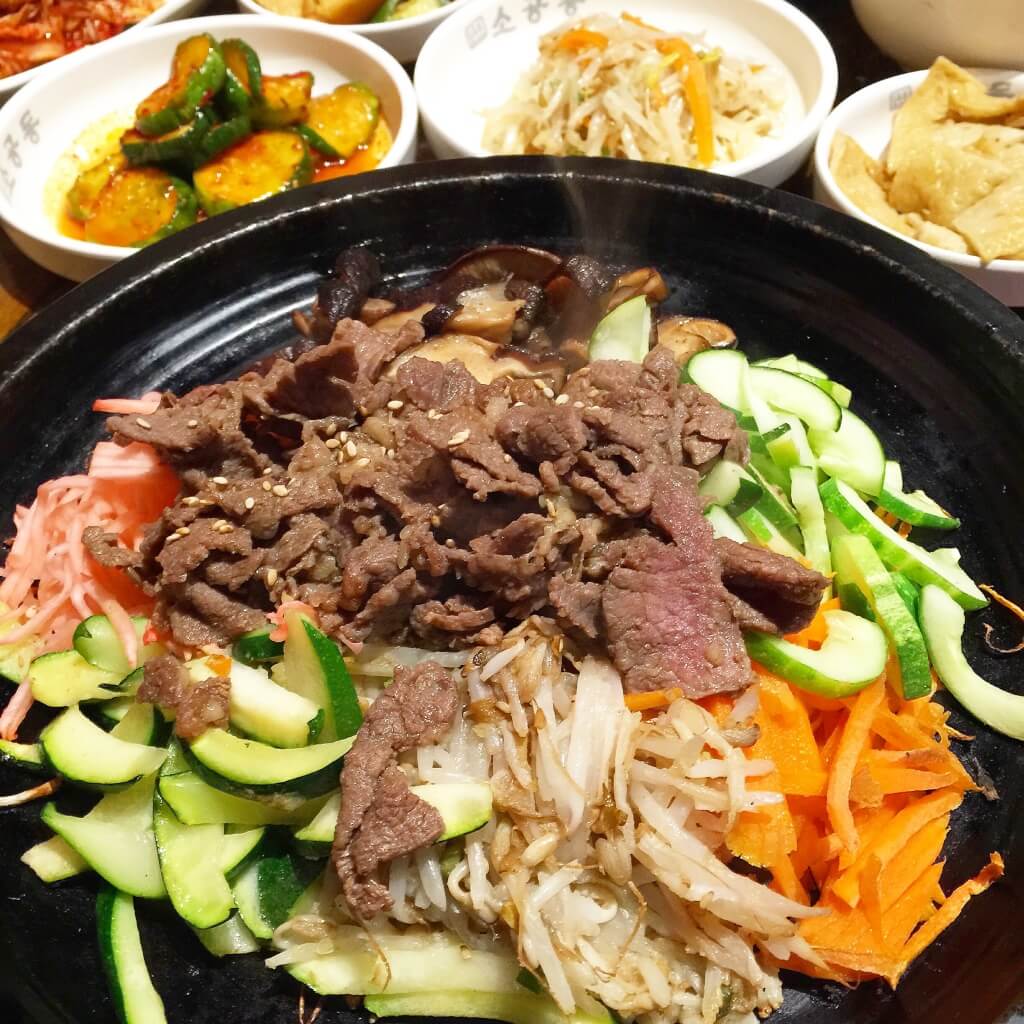
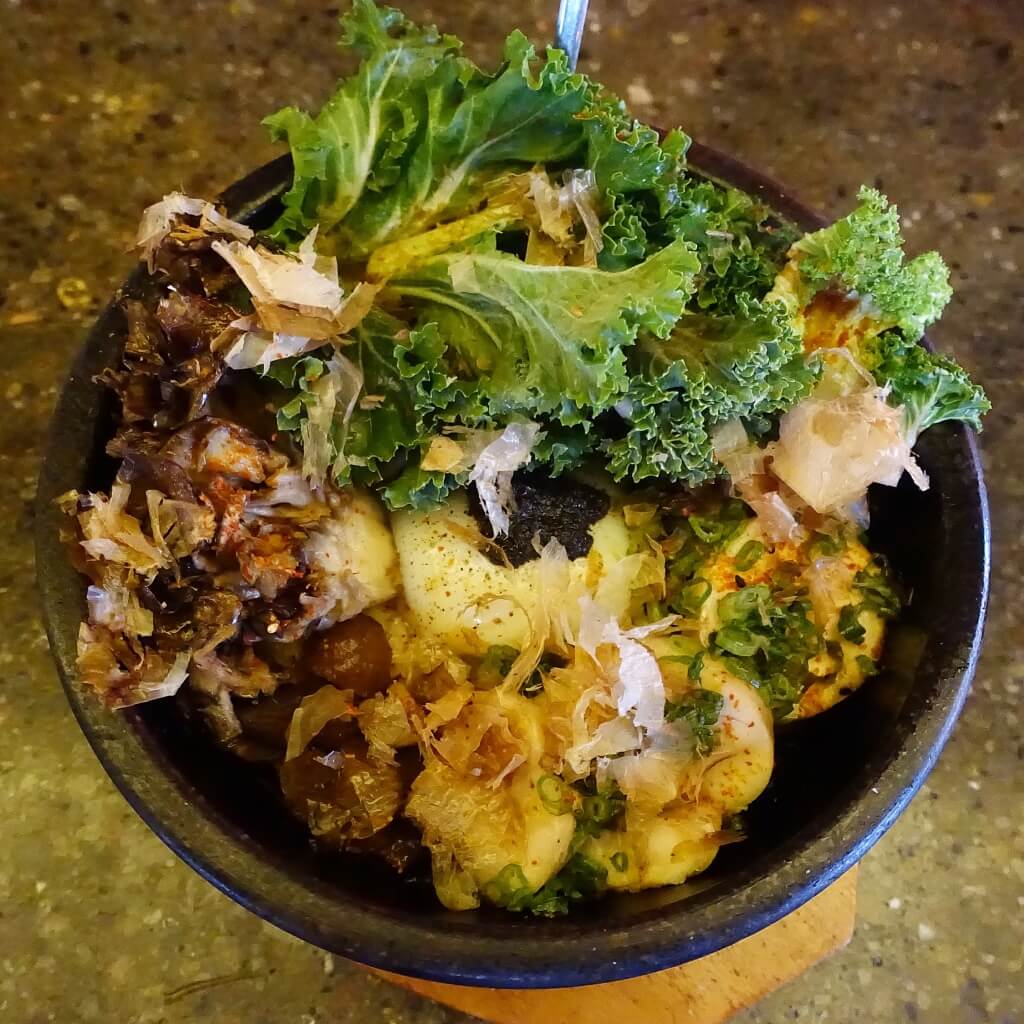

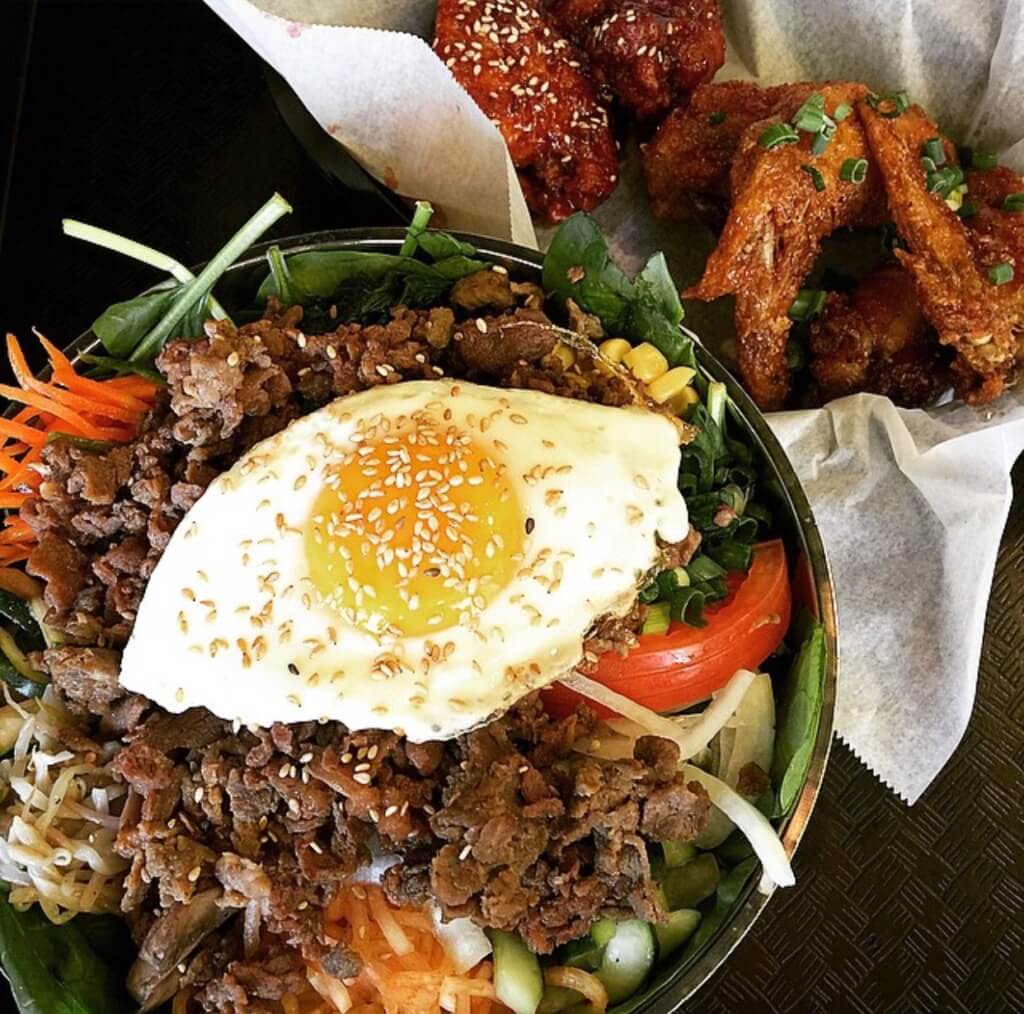


Yum… I love this!!! I agree with your recs for En Hakkorre & Parachute and can’t wait to try the rest! 😊
Thanks! We can’t wait for you to try them all!